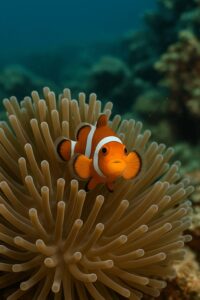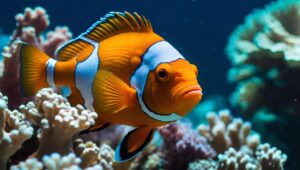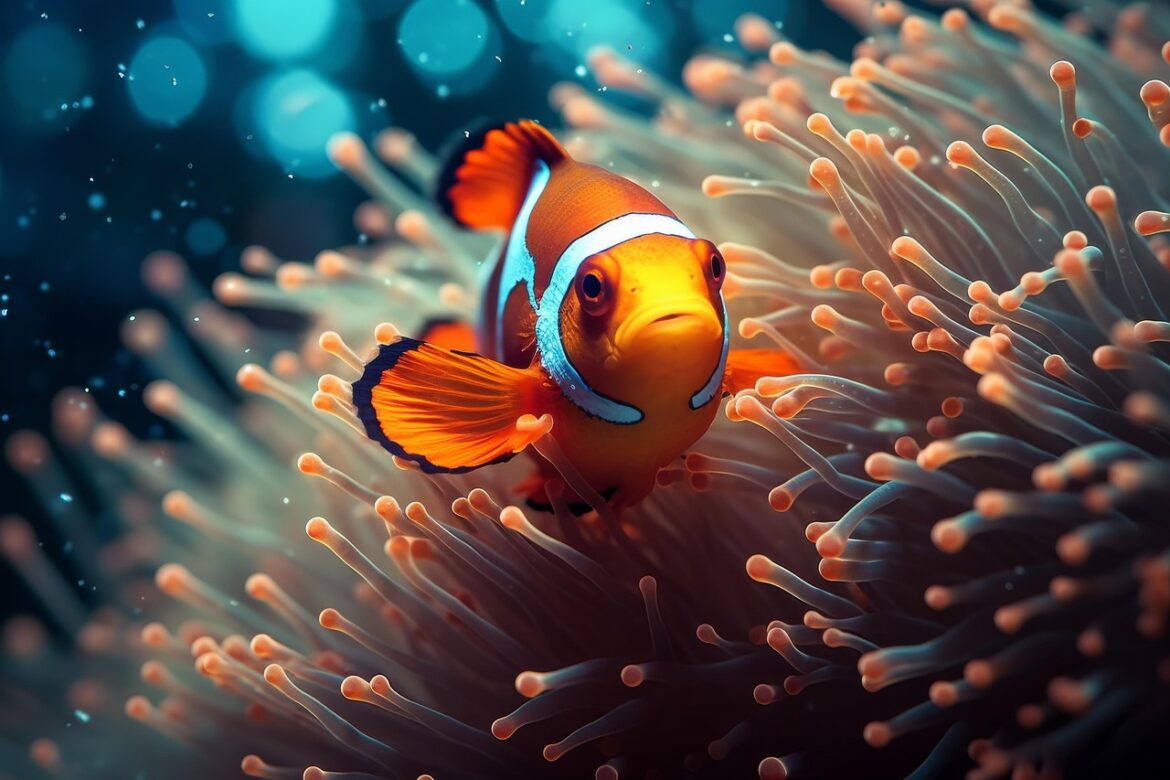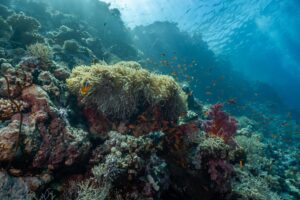Amidst the coral reefs of Kimbe Bay in Papua New Guinea, an unseen but fascinating struggle for survival takes place. It is not accompanied by attacks or dramatic escapes – but by shrinking the body. Scientists have discovered that clownfish of the species Amphiprion percula During sea heat, they physically change their size. They simply shrink.
It's a surprising evolutionary trick that reveals how sensitive even the smallest marine animals are to rapidly changing climate conditions. And it's proof that in warming oceans, adaptation happens at a microscopic level - centimeters can make the difference between life and death.
Downsizing as a survival tactic
Research, published in a prestigious journal Science Advances, has provided the first-ever evidence that individual coral reef fish can shrink in response to extreme heat. Not as a population, not as a species – but each fish individually. This finding is extraordinary because it is almost impossible to track the same fish repeatedly in the wild. But a research team from Newcastle University has done it.
During the 2023 heat wave, water temperatures in the area rose nearly 4°C above average. Scientist Melissa Versteeg and her team measured selected fish every month from February to August. The results were striking – more than 70 % females and 79 % males shrank at least once. Some even repeatedly.
Why are fish getting smaller?
There could be several reasons. One of them is the relationship between clownfish and their home – the sea anemone. Clownfish live in symbiosis with them, and according to researchers, a situation can arise when the sea anemone shrinks during the heat. So in order for the fish to fit into its shelter at all, it has to adapt too.
Another reason may be efficiency. A smaller fish uses less oxygen, less food, and thus increases its chances of survival in an environment where conditions have dramatically deteriorated. And although shrinking is difficult and requires energy, for some individuals it turned out to be crucial - those that shrank together with their mate had a higher chance of survival.
Learning from "Nema"
Clownfish are known for their ability to regulate their growth even under normal conditions. When the dominant female dies, the large male can transform into a new female, and the largest of the subordinate males becomes her new partner. This hierarchical system also works thanks to the fish's ability to actively stop their growth so as not to "anger" those higher up.
But the ability to shrink – that's something completely new. And it suggests that the adaptability of these fish is even higher than we thought.
Global changes in animal size
Clownfish aren't the only species to shrink, though. Scientists have observed similar trends in marine iguanas during El Niño years, salmon, and birds. The phenomenon may be a sign of greater resilience—a smaller body means a more efficient metabolism and lower resource demands.
On the other hand, smaller animals often produce fewer offspring, which can have a negative impact on the population in the long term. So the research raises more questions than answers. Is the shrinking just a temporary reaction? Or is it a new evolutionary trend that shows us how nature fights for every gram, every centimeter – and every chance?

Silent warning from the coral reef
While fish like Pixar's "Nemo" continue to fascinate children around the world, in the real ocean they face increasingly daunting challenges. Their silent response to the climate crisis — shrinking — is a chilling reminder that climate change is not just about melting glaciers and rising sea levels.
They happen here and now. And they affect even the smallest and most fragile creatures of our world.
The climate crisis at a microscopic level
The clownfish story shows that the climate crisis is not just about collapsing glaciers or raging fires in Australia. Its consequences are also reflected in tiny, barely measurable changes below the sea surface. At a time when ocean temperatures are rising to historic highs, even microscopic adaptations like body shrinkage can become the deciding factor between life and death.
It is also a silent signal to humanity. If even animals that have survived for thousands of years in stable ecosystems have to adapt, something in our world is seriously disrupted. Clownfish are no exception – they are just one of the first creatures in which we have been able to accurately document these changes.
The complex biology behind the 'Nemo effect'
Clowns made famous by the animated film Finding Nemo, are extremely fascinating not only in their appearance but also in their behavior. Their ability to change sex, stop growing or, conversely, “grow on command” – is exceptional even among marine animals. New findings about their shrinking only complete the mosaic of their biological flexibility.
Interestingly, these changes occur without any apparent stress – the fish behave normally, continue to reproduce and live within their ecosystem. Everything happens quietly, in harmony with nature. But it is this silence that should worry us. We cannot see the changes with the naked eye – but that does not mean they are not happening.

A chance for research, a challenge for humanity
This research is a breakthrough for scientists. For the first time, it has been possible to closely monitor specific individuals during a heat wave and confirm physical changes in their bodies. Until now, similar phenomena have been studied more at the level of entire populations – changes in average sizes, a decrease in biomass or a decrease in offspring. But now we have evidence that climate change also affects individuals – and in a very specific way.
This poses a challenge for humanity: if even the most resilient marine species have to adapt, how will we respond? How will more complex ecosystems, which do not have such flexibility, respond? And what happens when “downsizing” becomes the norm?
Downsizing as an adaptation – but not without consequences
A smaller body means less food, less oxygen, and fewer offspring. Clownfish that shrink may survive hot weather, but their reproductive abilities may suffer in the long run. If this trend becomes permanent, it could lead to population decline.
This would have further consequences – clownfish play a key role in coral ecosystems. Their symbiosis with anemones is not just a “cute detail”, but an important element of the entire chain. If clownfish were to decline, it could disrupt the delicate balance in these areas and cause a domino effect for other species.
Message from the depths
Clownfish may have inadvertently sent us an important ecological message: there are limits to adapting to extremes. Even the most resilient species will eventually hit the limits of their biology. At a time when climate change is affecting every corner of the planet – from the peaks of the Himalayas to the bottom of the oceans – it is time to act. Because if fish like Amphiprion percula They already have to change their size just to survive, what comes next?




